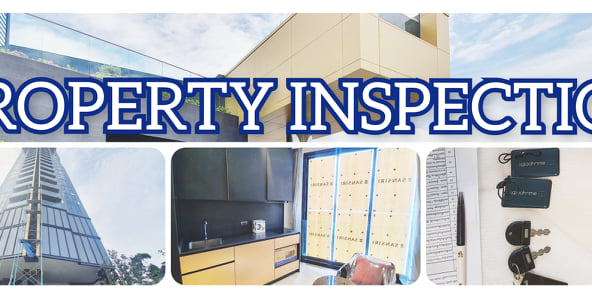This is an insightful article written by Guy Van Harten that appeared in Pattaya Today.
The latest real estate trend in Pattaya is resort-style developments, where typically hundreds (if not thousands) of units are clustered around a large swimming pool facility. This approach has enabled some developers to establish projects on areas of land which have few or no unique selling points by offering consumers a resort-style concept with facilities such as swimming, fitness, massage and perhaps even an artificial beach to compensate for the lack of direct beach access. The flip side to the resort-style project is the boutique condominium, which receives less attention than its oversized counterpart but is no less attractive a proposition to the discerning client.
A boutique condominium can be defined as a project with 50 or fewer units which offers customised service to the customer. Around the world in places such as North America, the boutique condominium is particularly popular for developers due to the difficulty in securing large loans from the banking sector still suffering from the effects of economic depression. Similarly, the boutique condominium is attractive among buyers as the homeowner association fees generally are lower. However, the appeal of boutique condominiums around the world is the ability of purchasers to buy into a unique, exclusive and often highly-innovative design concept.
Richard Papalian, CEO of Papalian Capital Partners, agrees, “People don’t want cookie-cutter [projects]…when you start to have a large open space and contemporary feel, it’s more expensive to build. It’s not, ‘How many bedrooms and bathrooms can I cram into so many square meters?’”
There are a variety of emotional and rational reasons as to why boutique condominiums are surging in popularity among condo buyers. Many parallels can be drawn between the growth of boutique condominiums and the growth of boutique hotels which rose to prominence during the turn of the 21st century. Small, luxury hotels attracted clients who directly opposed the previously-accepted normality of hundreds of rooms and bland service. The boutique hotels discovered that travellers are willing to pay for accommodation that is different in design and where even full occupancy means they are not queuing for breakfast or waiting for room service to answer their phones; these motivations are similar to what drives consumers towards boutique condominiums.
The advantages of buying into a boutique project extend beyond the realms of design. Many people are uncomfortable with the idea of residing among hundreds of other people and the associated noise, smells and general congestion. Boutique condominiums offer clients the potential for far greater privacy and a sense of exclusivity which is unparalleled. Furthermore, a unique and exclusive development generally attracts a certain type of buyer, often resulting in compatible personalities which create a genuine sense of community that is impossible to find in larger projects.
Many boutique projects in Pattaya come with a full array of facilities often found in larger projects. Facilities such as a fitness center, swimming pool, 24-hour security, CCTV and free Wi-Fi. However, as these features are shared by a much smaller group of people they become virtually private to each individual owner in the building.
For investors in particular the trend is certainly turning towards boutique condominiums which offer added value. Buying into a boutique project is arguably a much stronger proposition for investment, as there are far fewer similar units on the market to ‘compete’ with when it comes to resale or finding a tenant. Furthermore, the turnaround time on investments in boutique projects from construction through to completion is generally around 1 to 2 years, which is much lower than an investment in a resort-style project or high-rise, where investors wait between 3 and 5 years (and often longer) before they start to see a return on their money. The final caveat regarding resort-style projects would be that although they look fantastic on paper and in 3D renderings, they usually do not translate well in reality as developers struggle to find a balance between what they market and the costs of bringing these features and facilities to actualisation.
As highlighted above the advantages of buying boutique are clear. As with any real estate purchase, clients are cautioned to perform due diligence of any developer before making an investment. There always will be a niche for boutique condominiums that offer added value in an often sterile development industry.
This article appeared on the Pattaya Today website, filed under Pattaya Today.





